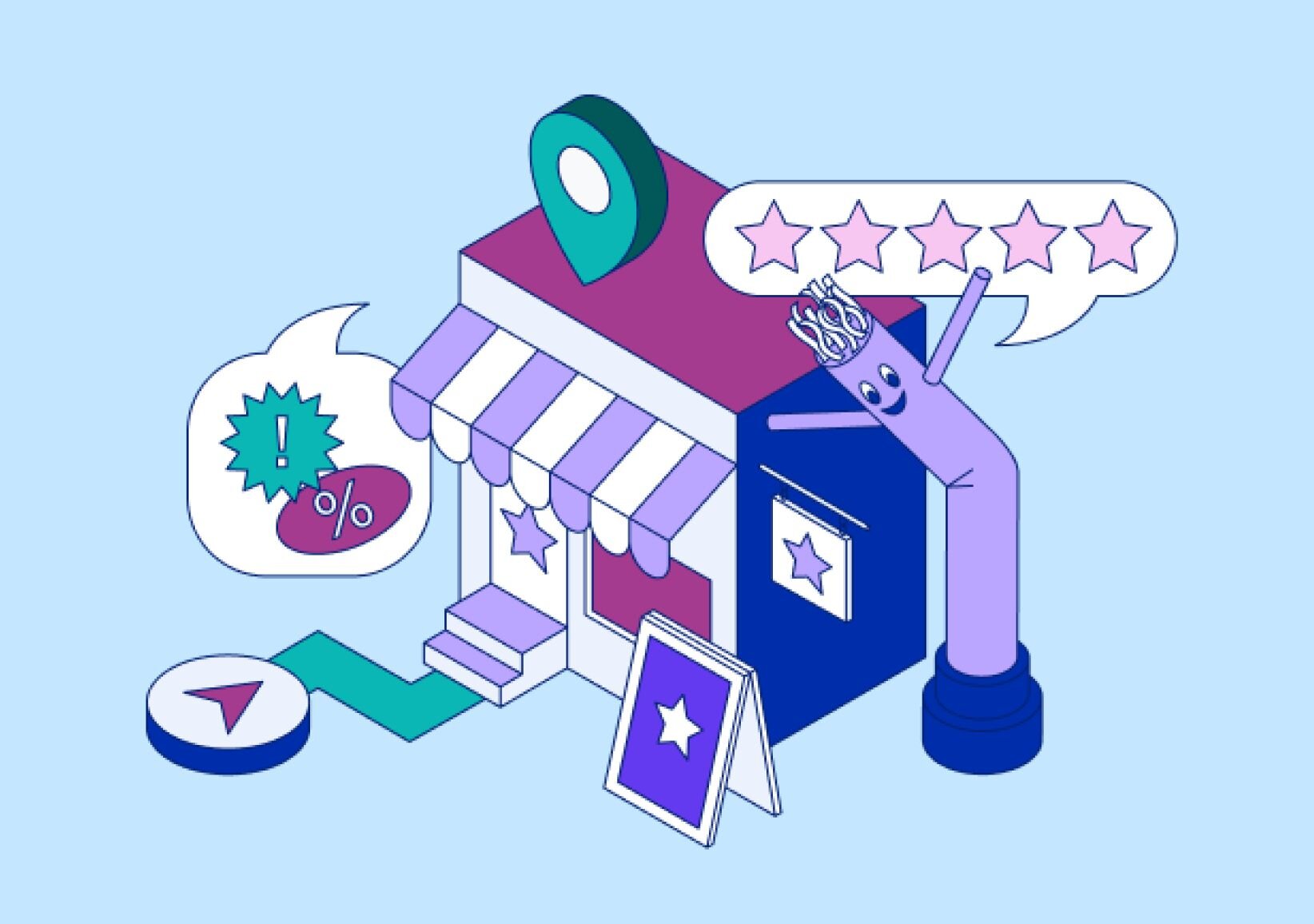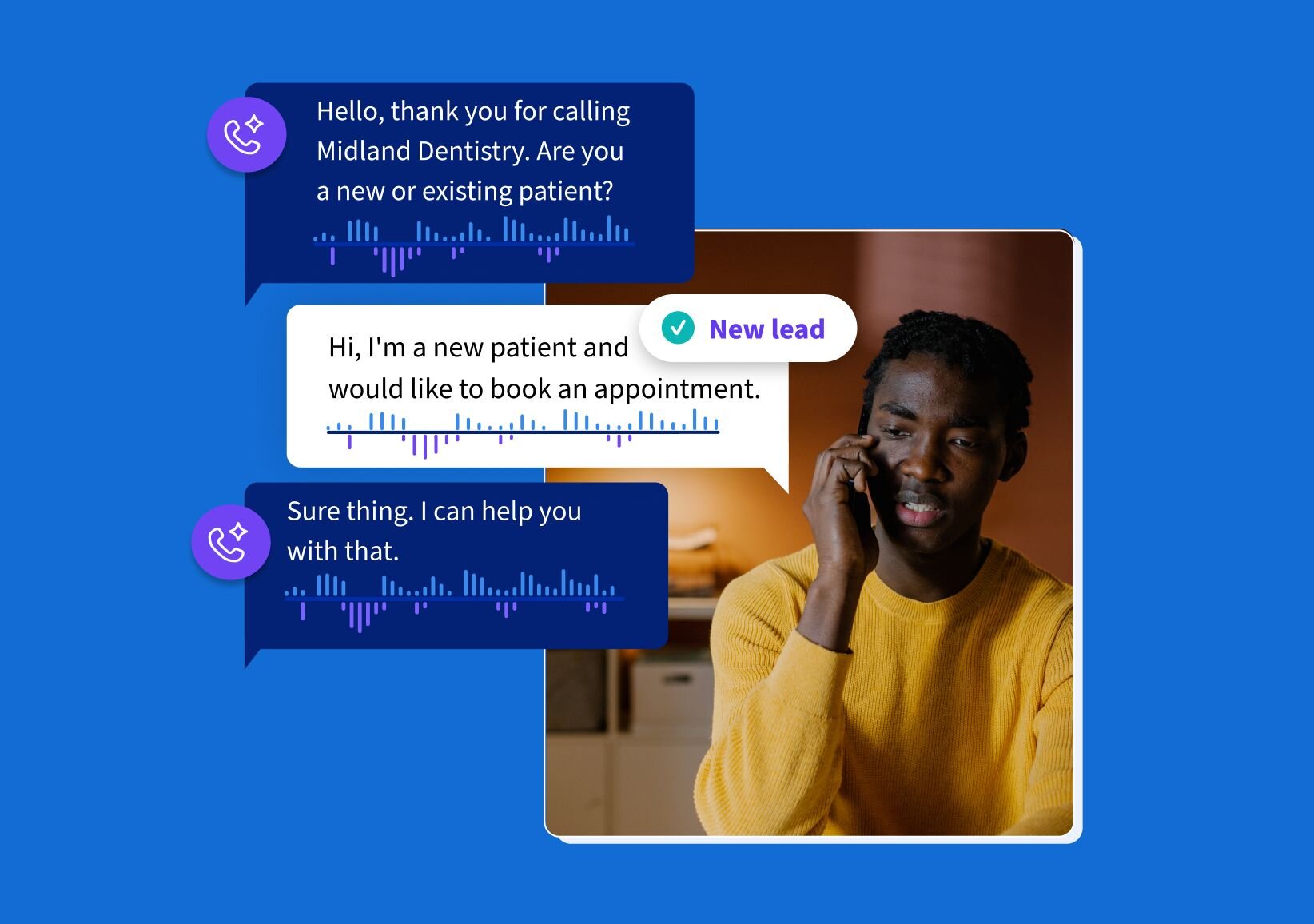The real estate industry is undergoing a significant transformation. High interest rates, low housing inventory, and tighter margins have made every win harder. At the same time, buyers and renters expect a seamless, digital-first experience, whether they are scrolling listings, booking a tour online, or messaging an agent on the go.
Challenges for modern real estate pros
- Multifamily teams - Filling units quickly without overspending on acquisition.
- Builders - Protecting profitability while delivering a more personalized home buyer journey.
- Agents - Finding new ways to keep a pipeline of buyers and sellers in a lean, competitive market.
Every marketing dollar and every single lead now counts more than ever. The statistics below show how people search, compare, and choose where to live, and which strategies can help you stand out in the upcoming year.
Multifamily marketers are battling rising acquisition costs
Renters are harder to win and more expensive to acquire than ever. With affordability at record lows and competition high, multifamily marketers must provide a fast, trackable, and digital-first experience to maintain strong occupancy rates.
A whopping three-quarters of rental searches are conducted on mobile devices. (Source: Apartments.com)
Your first impression happens on a smartphone. Prioritize mobile speed and optimization, scannable listing content, and clear paths to tour requests and applications, because most prospects are researching long before they reach out.
Apartment SEO vs. ILS (Internet Listing Service) cost per lease: $87.55 (2,683 leases) vs. $1,005.45 (1,100 leases) over 3 months across 34 companies and 261 properties. (Source: REACH by RentCafe)
For multifamily teams, “apartment” equals the core asset class. This multi-property dataset reveals that organic search generates far more signed leases at a fraction of the cost compared to ILS placements, indicating SEO as a foundational, high-ROI channel, while utilizing ILS tactically for additional reach.
97%
of renters said online ratings and reviews influenced their decision. (Source: Apartments.com)
Reviews are a conversion lever you control. Improving review volume, recency, and responses makes the same ad spend work harder and helps properties win more tours and leases without raising budgets. Tracking calls and forms back to review-driven traffic also shows you exactly how reputation impacts revenue.
You reduce your odds of converting a lead by 5X when your response time slips from 5 to 10 minutes. (Source: Massachusetts Institute of Technology)
Speed to lead is non-negotiable. Tighten routing and alerts so that missed calls and form fills trigger immediate follow-up, because even small delays can significantly impact qualification rates.
75%
searched on a mobile website
23%
used a mobile app during their rental search. (Source: Zillow)
A mobile-optimized journey from ad to form submission to call is essential. Remove friction on small screens and make it easy to book a tour or apply from a phone by designing a mobile-first journey from ad to landing page to form and call. Add call attribution, and you’ll be able to see which mobile ads or landing pages are generating high-intent calls.
What this means for multifamily marketers
Speed and trust drive better results. Most renting activity starts and stays on mobile, reviews heavily influence decisions, and minutes matter for lead qualification. Focus on mobile performance, responsive follow-up, and proactive reputation management to boost conversion and lower cost per lead without simply increasing media spend.
Home builder marketers are squeezed by rising costs and digital-first buyer expectations
For home builders, the market presents a dual challenge: leads are fewer and farther between, and profitability is being squeezed by the rising costs of doing business. The statistics below highlight the importance of optimizing marketing spend and delivering a superior, personalized customer experience to capture every possible lead and close every deal.
43% of buyers began their home search by looking for properties online; 69% used a mobile or tablet during the search; photos (41%) and detailed property information (39%) were the most useful website features. (Source: NAR, National Association of Realtors®)
Your website is the primary showroom. Make it fast on mobile, lead with high-quality photos, and surface trustworthy specifics, such as specs, finishes, floor plans, timelines, and pricing, so visitors can quickly confirm details and move from interest to a conversation.
98%
of buyers consider interactive floor plans important during their online research. (Source: Bokka Group)
Interactive floor plans are now an expected part of the shopping journey. They help buyers visualize options, reduce early friction, and capture first-party intent (e.g., saved configurations) that you can pass to sales for more relevant follow-up.
Marketers who can prove their ROI are 1.6x more likely to receive higher budgets. (Source: Hubspot)
With margins tight, commit to hard attribution. Tie every lead and appointment to the spend that generated it and to the closing it produced. Call and form tracking show which channels actually move spec homes and communities, so you can defend and grow the budget lines that generate revenue.
88%
of buyers say the experience a company provides is as important as its products and services. (Source: Salesforce)
A superior experience is table stakes in new-home sales. Provide fast, helpful responses, transparent timelines and pricing, and guided, personalized digital touchpoints; when homes are comparable, the clearer, easier process wins.
What this means for home builder marketers
With rising build costs and digital-first buyers, every lead has to work harder, so focus the budget on channels that consistently bring ready-to-act prospects and trim the rest. Pair faster follow-up with personalized journeys and rigorous attribution to turn more clicks into appointments and signed contracts without increasing spend.
Agents & brokers are competing for scarce qualified leads in a speed-to-lead market
Real estate agents and brokers face a market where qualified leads are scarce and commission practices are changing. Efficiency and effectiveness are the keys to success. Here’s why speed, qualification, and mobile-friendly tools are essential for survival and growth.
$222.65B
The AI market in real estate is expected to grow from $222.65 billion in 2024
$303.06B
to $303.06 billion in 2025. (Source: Research and Markets)
AI-powered tools can help convert more of the leads you already generate. AI-powered answering technology supports answering and qualifying after hours, routing high-intent buyers faster, and auto-summarizing to your CRM, shortening response times, improving personalization, and driving more appointments from the same spend.
First-time buyers made up 28% of all home buyers. (Source: NAR)
First-time demand remains meaningful even in a tough market. Track digital sources carefully (websites, portals, social media) so you can spot and prioritize first-time buyer opportunities as they appear.
The average conversion rate in the real estate industry is 4.7%. (Source: Promodo)
If you use this benchmark, clearly label it as vendor-reported and compare it against your own funnel metrics. Better yet, establish your internal conversion baselines by source and reallocate time toward higher-yield channels.
The data
100x
An agent is 100x more likely to make contact with a lead if they respond within five minutes versus 30 minutes. (Source: MIT)
The takeaway
Minutes matter. Implement tools that minimize response time to near zero, such as always-on call answering, instant text replies to new inquiries, smart routing to the right agent, and one-tap scheduling links, allowing your team to respond immediately and capture more conversations before leads go cold.
Housing affordability and a lack of inventory are the top challenges facing agents. (Source: REALTOR®)
Inventory constraints and affordability pressures shape today’s pipeline. Focus on quality over quantity by qualifying leads fast and tailoring guidance to budget realities.
20%
Typically, 20% of a realtor's business comes from repeat clients. (Source: NAR)
Consistent, personalized follow-up is revenue. Systematize post-close check-ins and service touchpoints so you keep past clients engaged and referring.
What this means for real estate agents and brokers
Sifting through unqualified leads and chasing voicemails between showings takes precious time. Prioritize rapid response and clear lead qualification so that the right buyers can move forward quickly and efficiently. Keep lead details at your fingertips on your mobile device, and use consistent follow-up to turn more inquiries into appointments without adding extra hours to your schedule.
Capture, qualify, and act on the leads that matter
In a market this competitive, the edge comes from knowing which efforts create real conversations and acting on them fast.
When your attribution is clear and your follow-up is consistent, you turn more interest into appointments without dramatically increasing your spend. CallRail’s lead engagement platform brings those pieces together with first-party tracking for calls and forms, AI-powered conversation insights that surface what buyers care about, and tools that route and respond to inquiries promptly.
The result is simple: you see what works, you move faster on the right leads, and you grow with confidence.
Measure the channels that matter. Start your 14-day free trial of CallRail today — no credit card required













